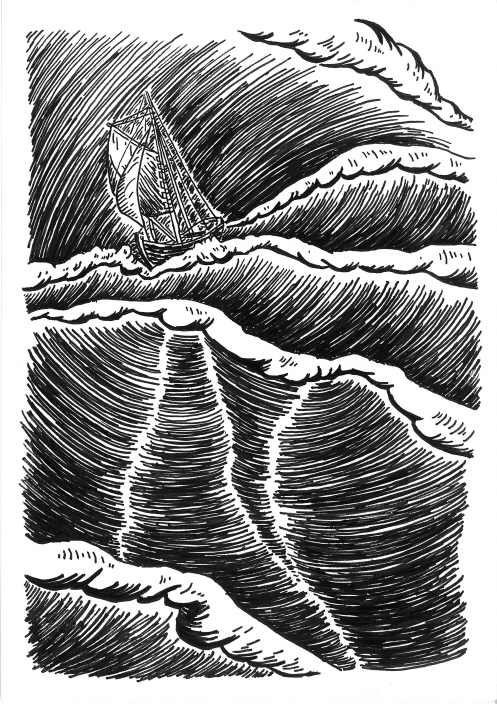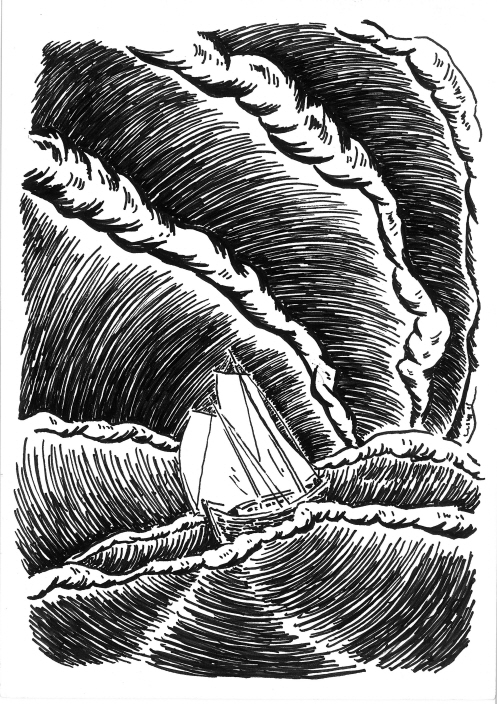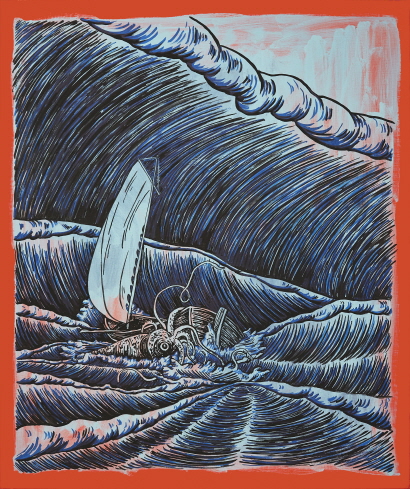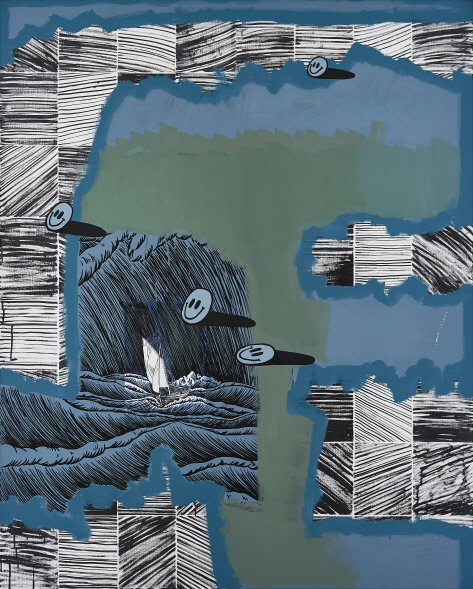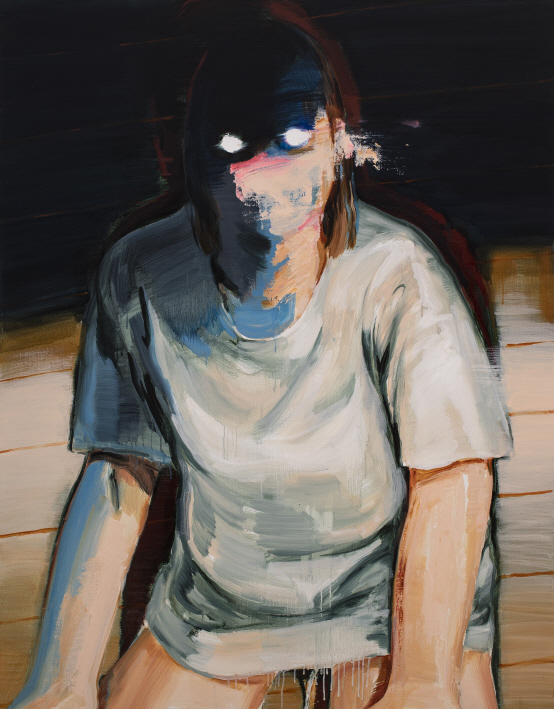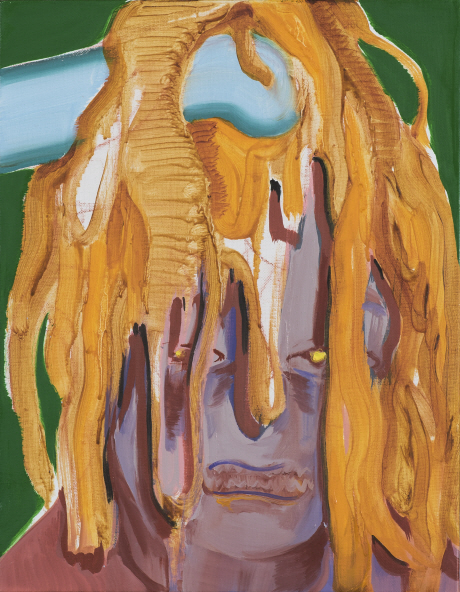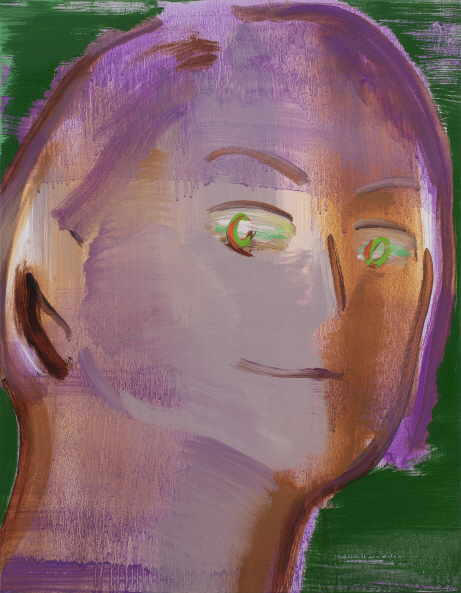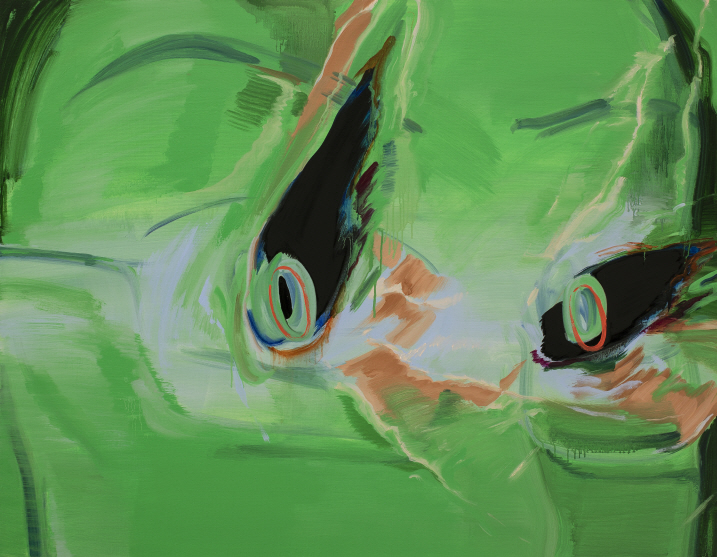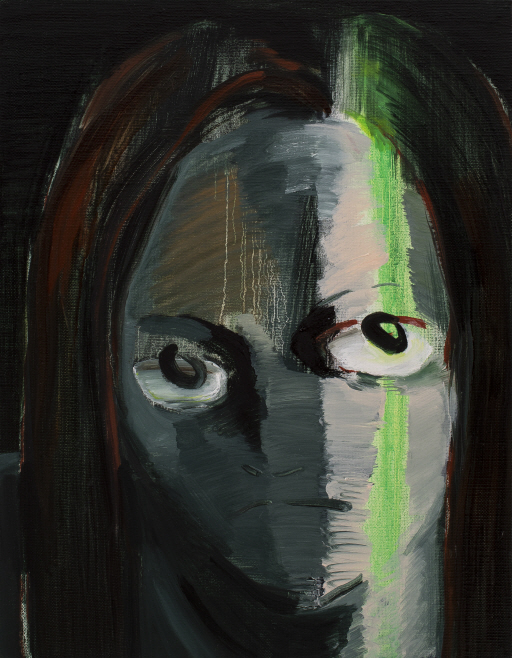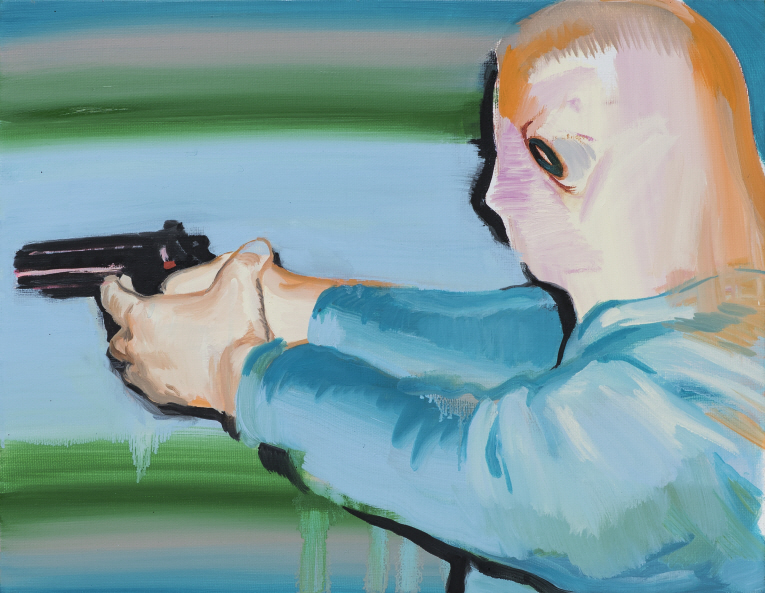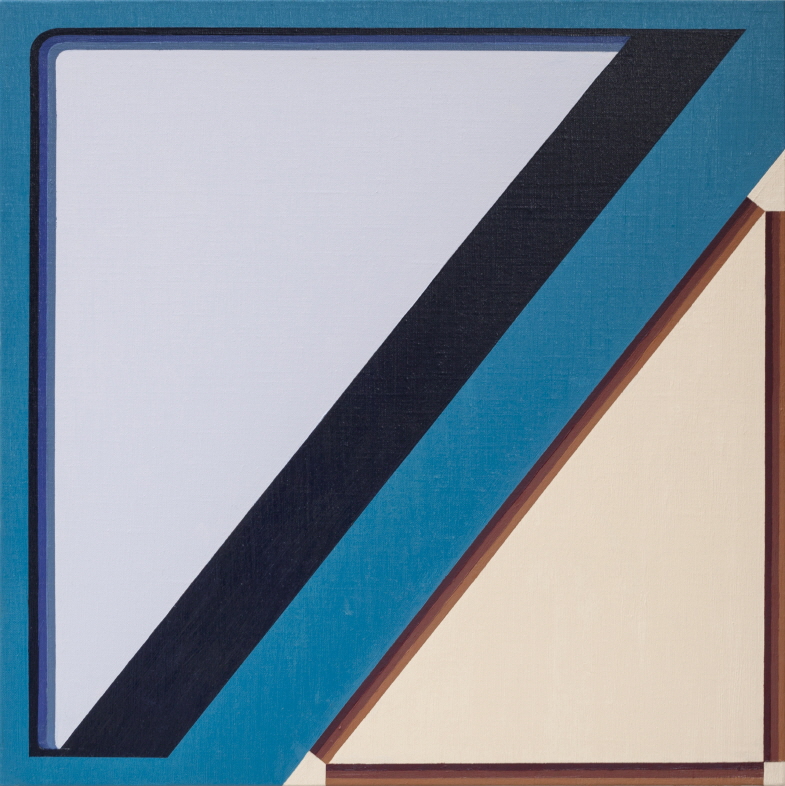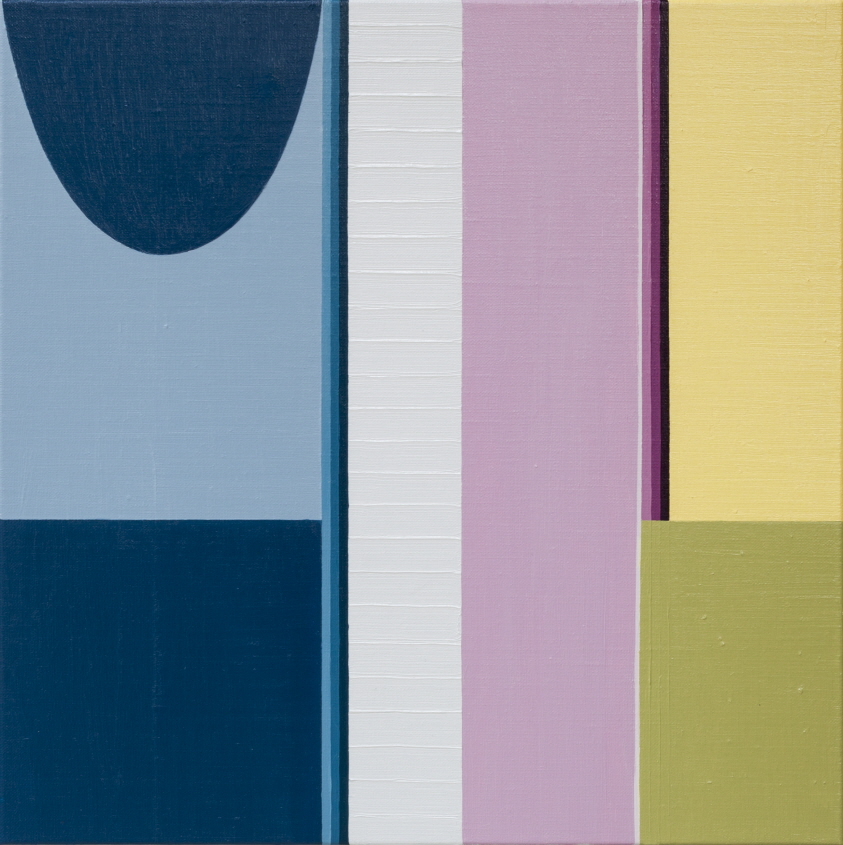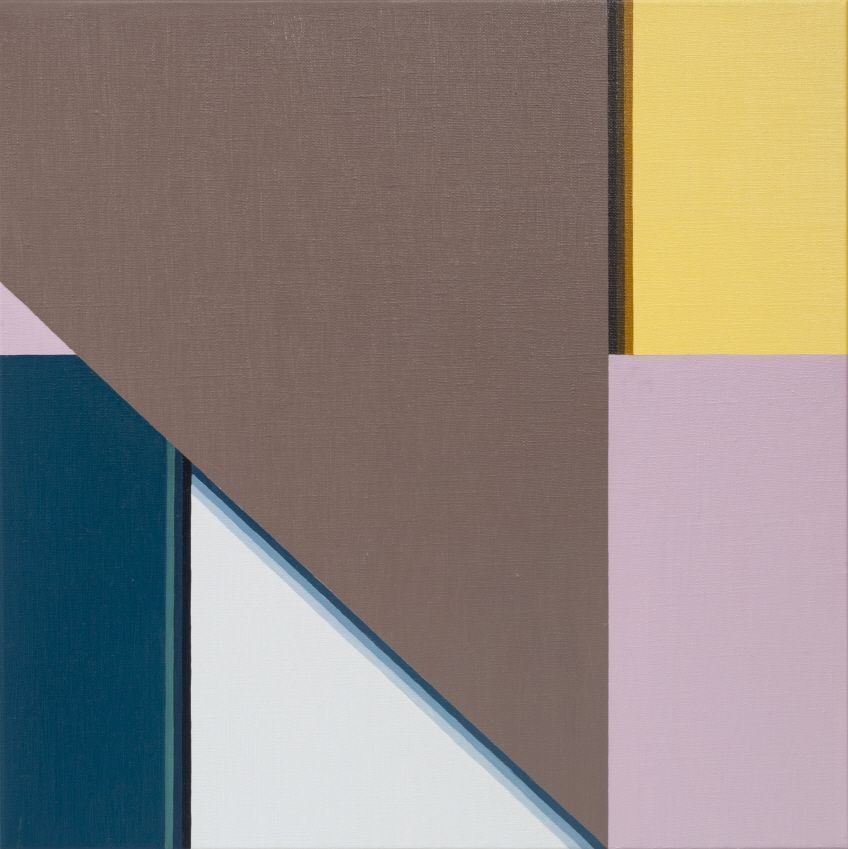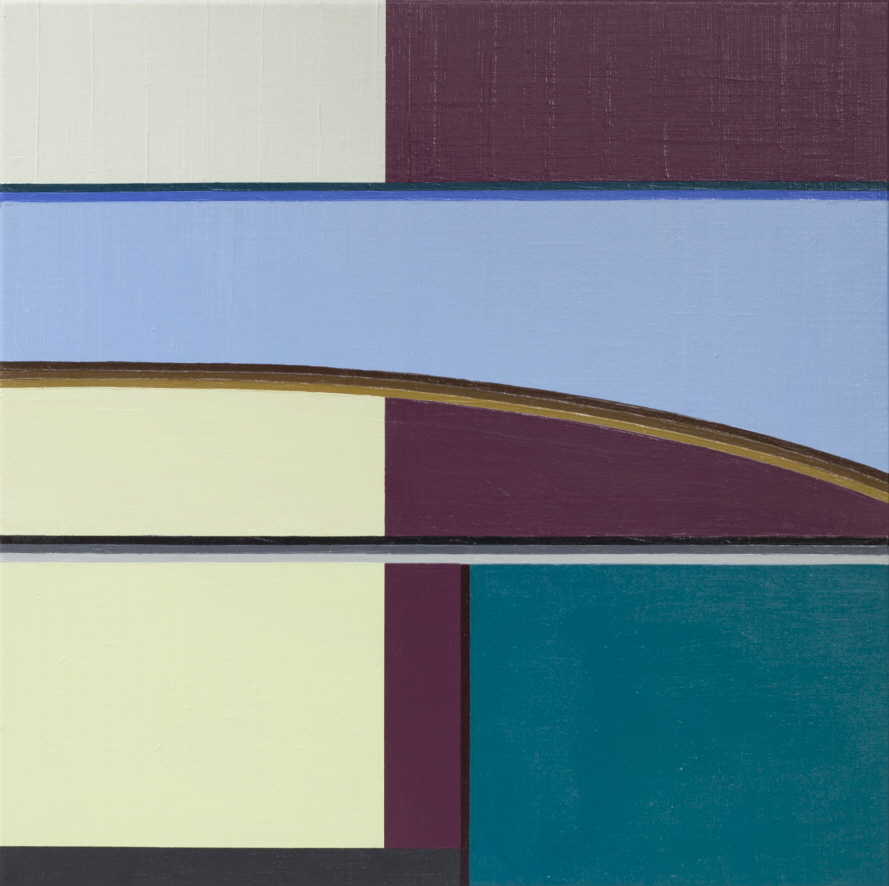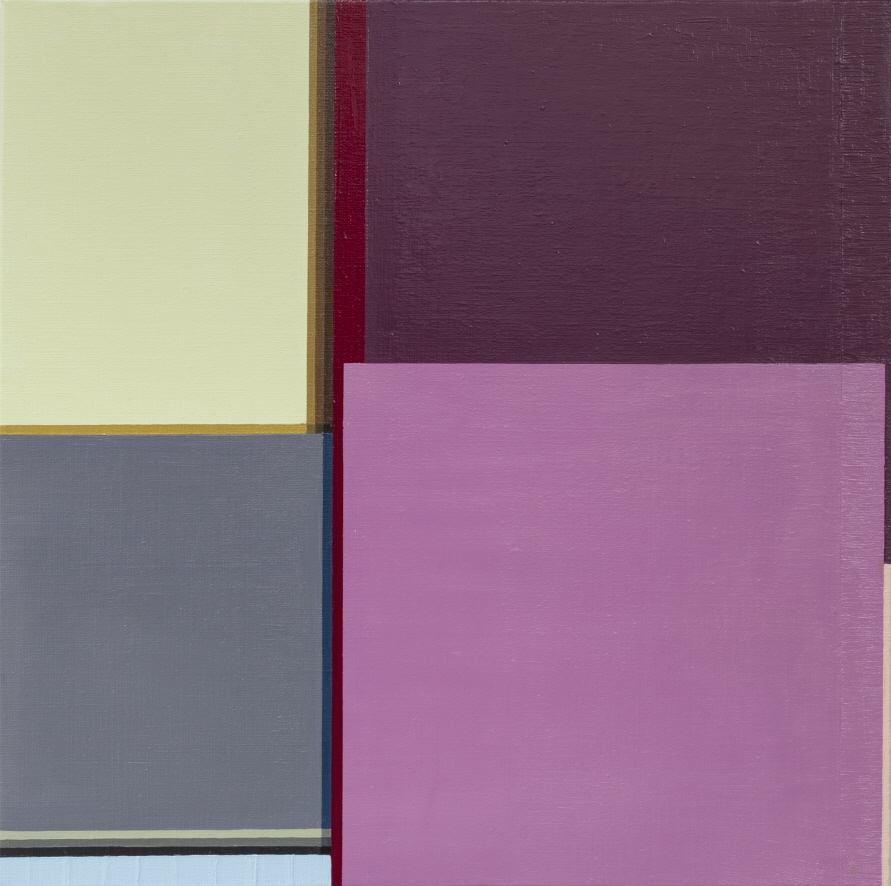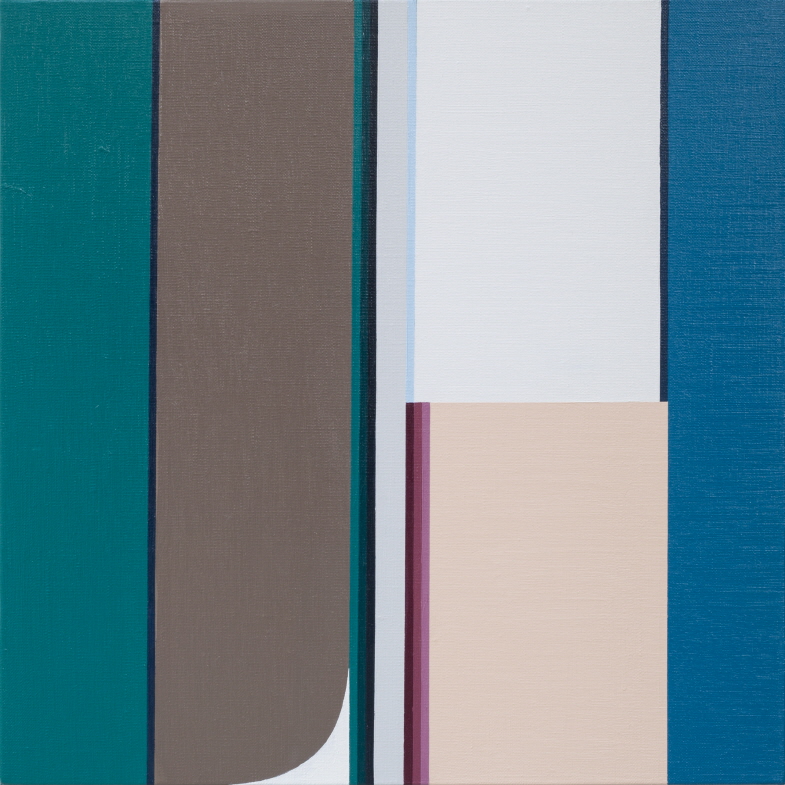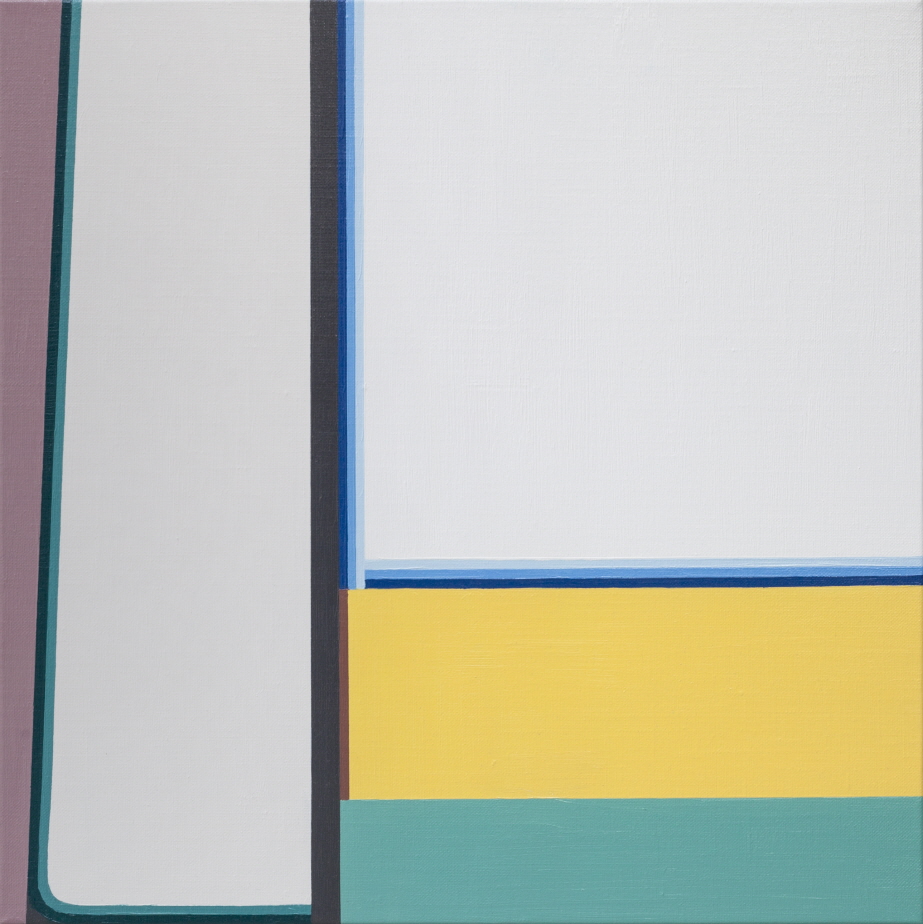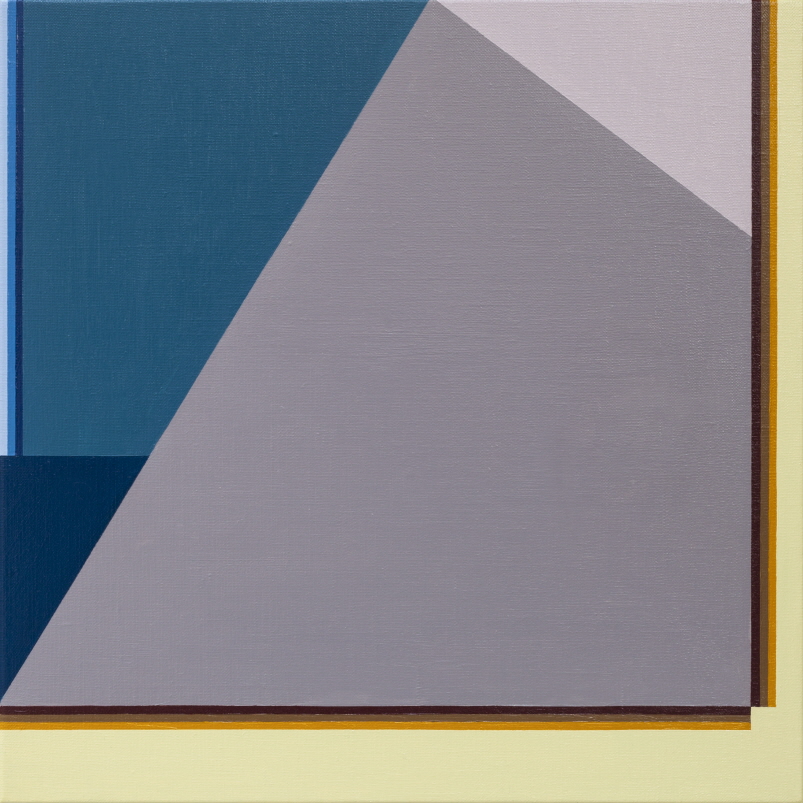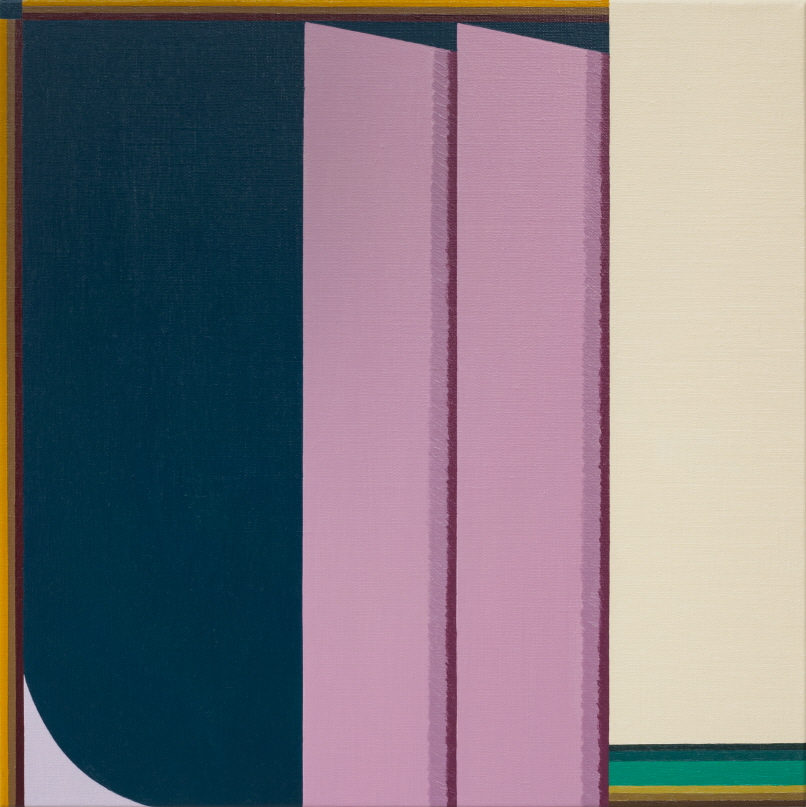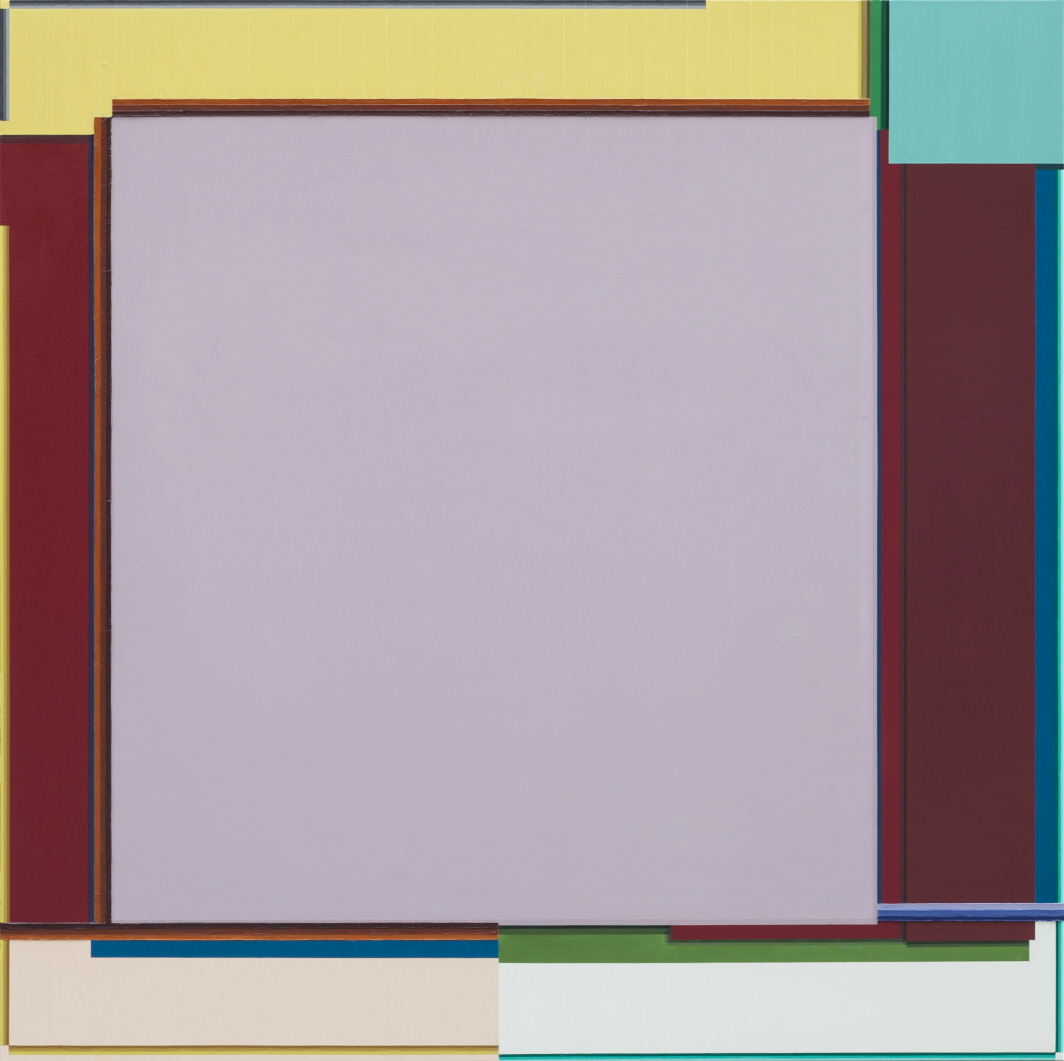MOTIF
RohwaJeong / Hejum Bä / Jeongsu Woo / Eunsae Lee / Heejoon Lee
The question is simple. ‘Why make Art?’ The question that is impossible to have a complete answer to has neither weight nor obligations. Rather, the question prepares to deal with numerous contexts and affects (情動), while expecting an impossible response. Anyone would be asked the question above, and even if a correct answer cannot be claimed, at least explanations supported by who, what, where, when, why, and how will be belabored. Questions that have how, when, and what rather than ‘why’ open more motifs that bypass the correct answer. Countless explanations overfill the place of the answer’s absence. Perhaps describable meanings may be able to form connecting links if we narrow down the range and discuss through specific subjects. For example, in which trends and worldviews does the general idea of art, as from the question above, filter through? On what grounds does the target asking the motif of art head towards young artists? With secular meanings such as the relevance of the young generation as well as their periodic instability and potential in mind, how would the young generation integrate into art? What would it look like? If the title, ‘young artist’ is still valid, why are they still called ‘young’?
A motif is diachronic and independent, and at the same time, synchronic and universal. Although the motive for artworks that transpierces the times is primitive and abstract, when restricted to contemporary artists, questions such as the perspective of artworks, social context and events, theory, personal affairs that were crawling ubiquitously, will start to tackle. Motif either throws a clue to the more fundamental question or expands the breadth of discussing contemporary art from the fundamental question.
Excerpt from “The Strollers (Flâneurs) that Break through the Bounds on the Ouroboros”
Nam Woong l Art Critic


